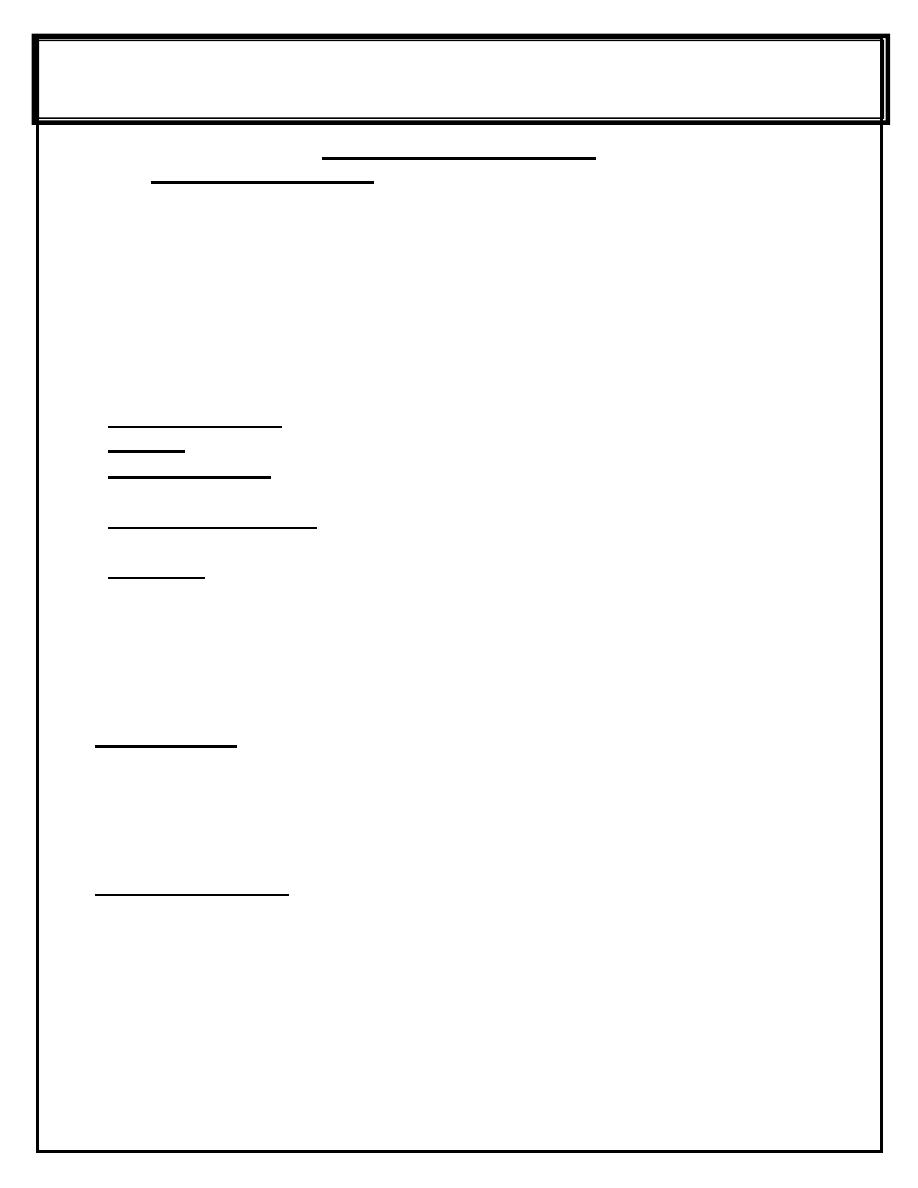
Urinary incontinence
defined as involuntary loss of urine.
Incidence:
5% between 15 and 44.
10% between 45 and 64 years.
20% greater than 65 years.
Common symptoms associated with incontinence:
Stress incontinence : loss of urine on physical efforts. (a symptom and a sign)
Urgency sudden desire to void.
Urge incontinence is involuntary loss of urine associated with a strong desire
to void.
Over flow incontinence occurs without any detrusor activity when the
bladder is over distended.
Frequency is passage of urine seven or more times a day ,or being awoken
from sleep more than once a night to void.
Classification of incontinence
Urethral causes:
urethral sphincter incompetence. (genuine stress incontinence)
Detrusor instability or the unstable bladder either neuropathic or non neuropathic.
Retention with over flow
Congenital
Miscellaneous.
Extra urethral causes:
Congenital.
Fistula.
Fifth stage Lec-
Dr.
gynaecology
14/11/2016
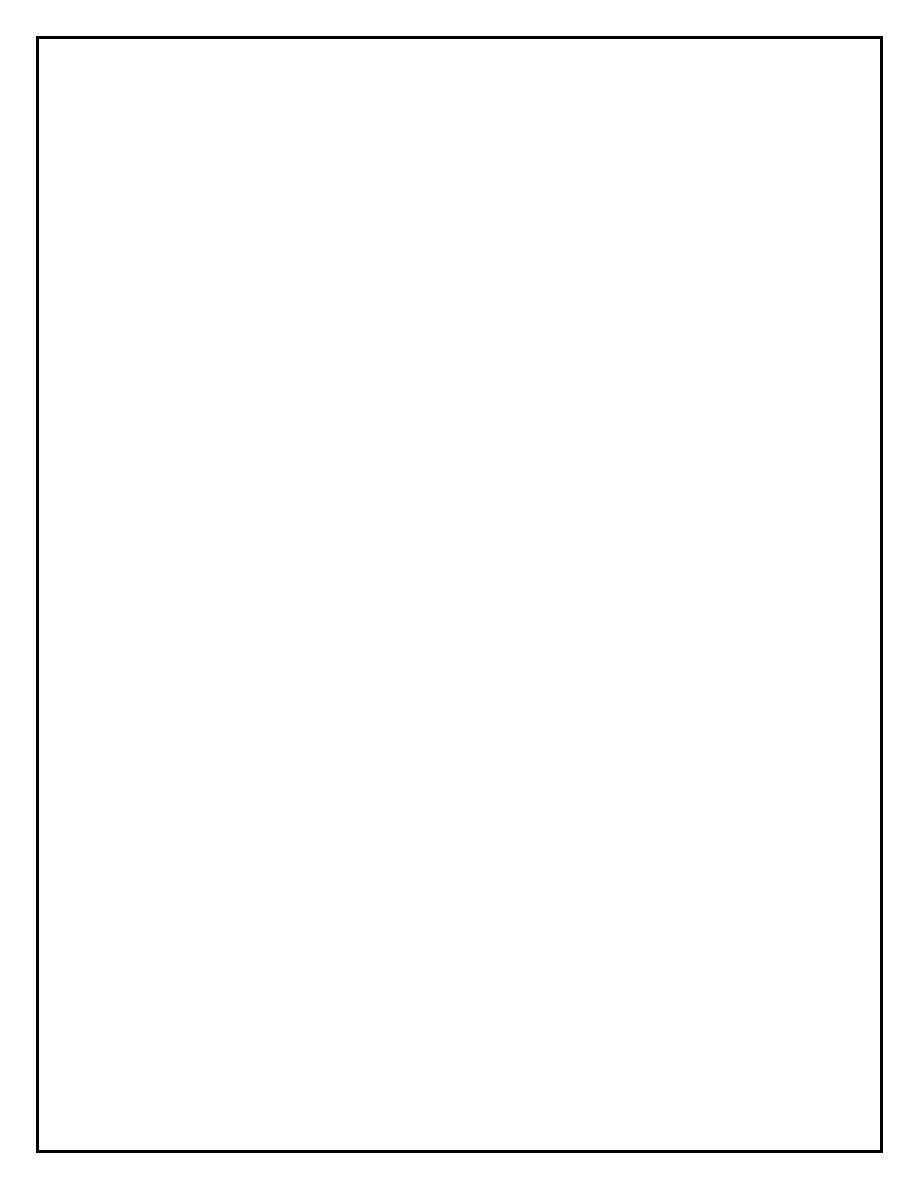
Continence occurs when the urine remains in the bladder.
Urine remains in the bladder as long as the pressure is less than in the bladder neck or
urethra.
Continence is under sympathetic nervous system control maintained by:
Detrusor relaxation (b adrenergic stimulation)
Bladder neck contraction (a adrenergic stimulation)
c b c
b b
c c
b b
c c
b b
c c
a a
a a
a a
a adr. Symp. Cont urethra. contin
b adr. symp. Relax continence
c chol. Parasym. Cont voiding
Incontinence occurs when
:
pressure within the bladder rises above that of the bladder neck or urethra.
Incontinence result from parasympathetic stimulation which control:
-detrusor contraction.
-bladder neck relaxation.
Genuine stress incontinence
:
Is the most common cause of incontinence in women.
Occurs when the bladder pressure exceeds the maximum urethral pressure in the
absence of any detrusor contraction as in case of coughing ,sneezing ,the
abdominal pressure is transmitted to the bladder more than the urethra ,this occur
at day time not during sleep ,and there is no contraction in the detrusor muscle..
Symptoms of stress incontinence ,urgency, frequency and urge incontinence and
may be awareness of prolapse (cystourethrocele)
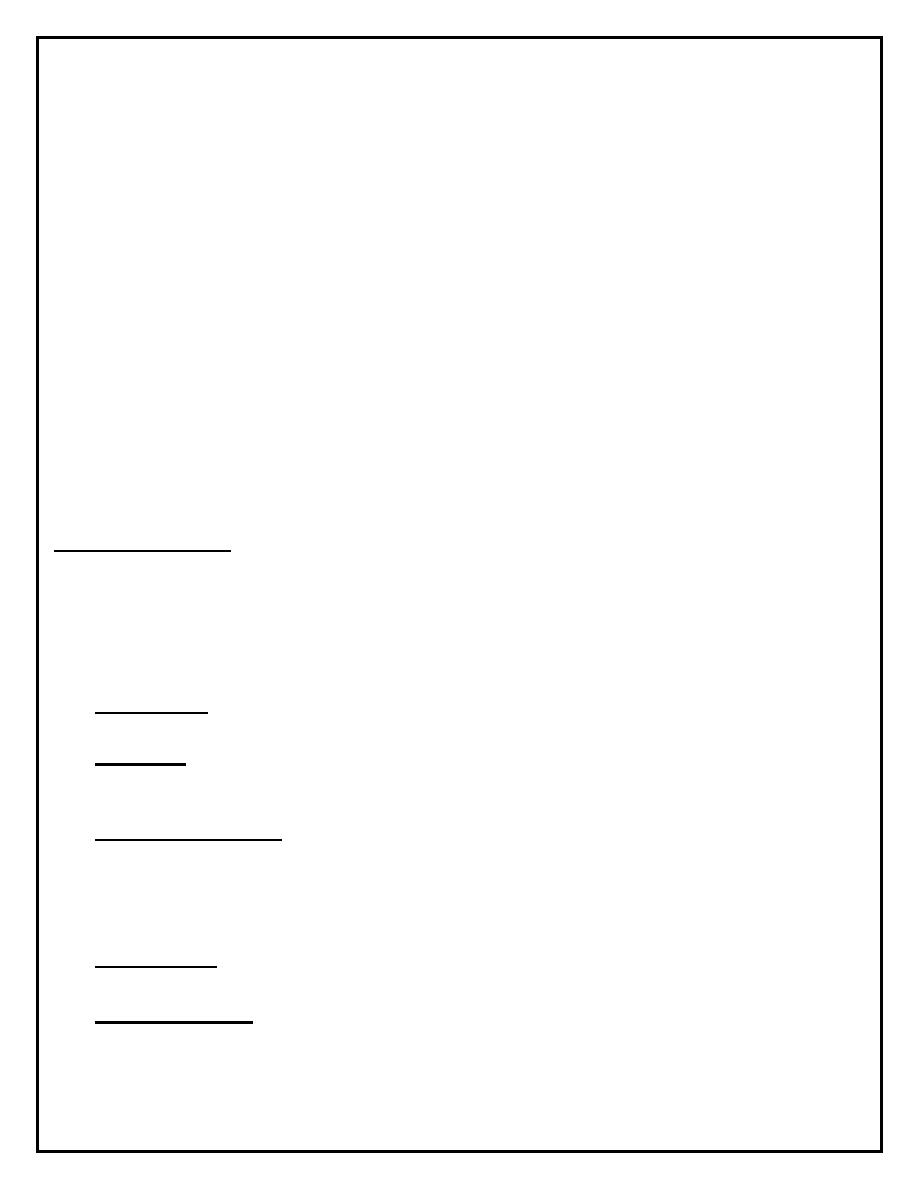
Likely causes of GSI
Abnormal descent of bladder neck and proximal urethra with failure of equal
transmission of intra abdominal pressure to the bladder and urethra leading to
reversal of normal pressure gradient between the bladder and the urethra.
Increased intravesical pressure more than intra abdominal pressure because of
abnormal urethral scarring as a result of surgery or radiation.
Laxity of suburethral support.
Aetiology of GSI :
Damage to the nerve supply of the pelvic floor and proximal urethra by child birth
: especially after prolonged second stage ,large babies and instrumental deliveries.
Menopause and atrophy of pelvic floor.
Congenital cause.
Chronic cause ; obesity , chronic obstructive, pulmonary disease, raise intra
abdominal pressure and constipation.
Drugs such as diuretics and a adrenergic blockers.
Pelvic examination:
inspection of the anterior vaginal wall with single blade speculum, may reveals
cystourethrocele ,scarring and fibrosis of the anterior vaginal wall from previous
surgery or trauma , urogenital atrophy as a result of oestrogen deficiency.
Diagnostic test
:
Urinanalysis : invoulantary detrusor contractions can be caused by cystitis
,tumor foreign body or stone.
Stress test : patient in lithotomy position with full bladder, asked to cough,
presence of short spurts of urine suggest SUI ,if not demonstrated
the test is repeated in standing position.
Cotton swab (Q-test)
lubricated cotton swab is inserted in the urethra to the level of the urethrovesical
junction ,the patient asked to strain ,then descend of the urethrovesical junction
this will move the cotton swab by up to 30 degrees in normal patient while
patients with SUI will range from 30 to 60 degrees.
Urethroscopy : this useful to detect bladder stones , tumors , diverticula or
sutures from prior surgery.
Cystometrogram :
cystometry consist of distending the bladder with known volume of water and
observing pressure changes in the bladder function
during filling ,the most important observation is the presence of detrusor reflex
and the patient ability to control or inhibit this reflex.
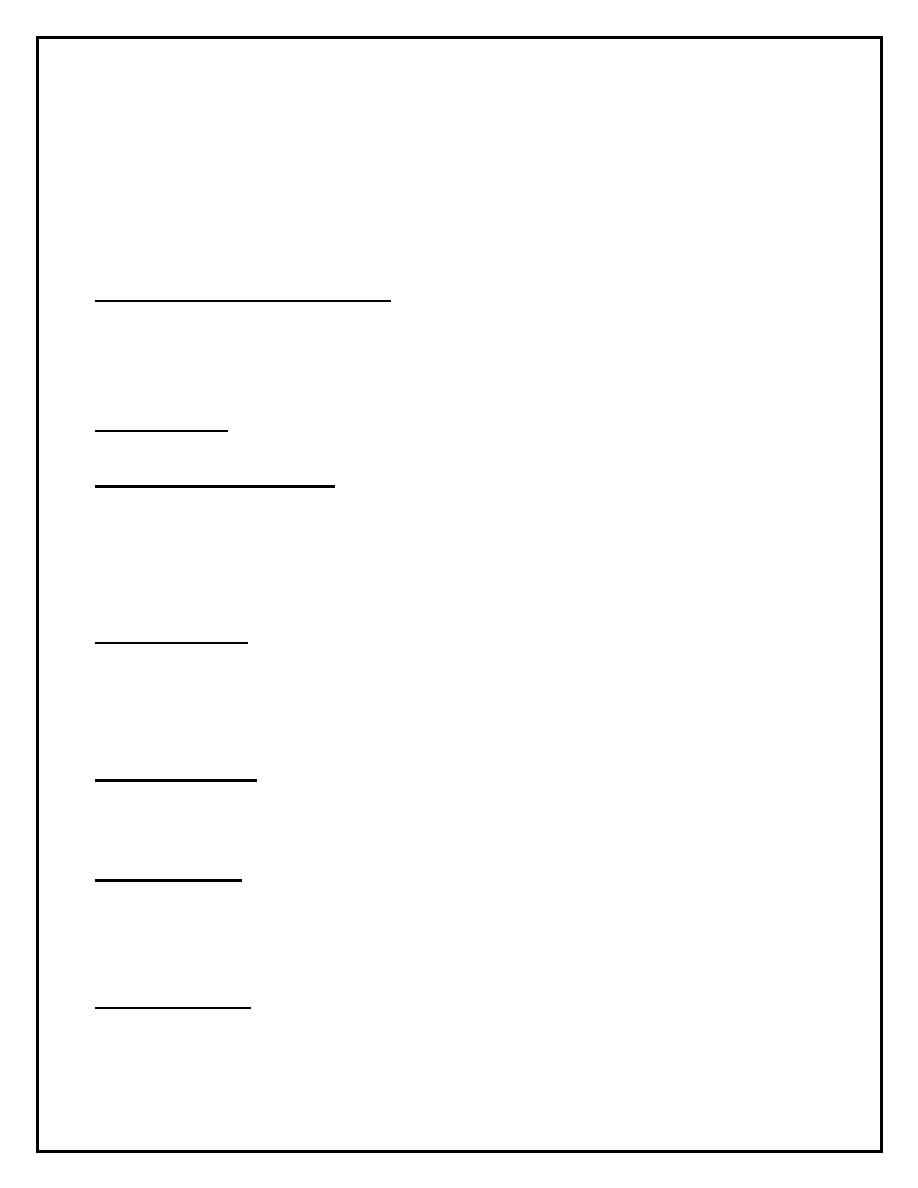
150-200 ml is the first sensation of bladder filling.
400-500 ml volume at which the individual desire to urinate .
when she start voiding there will be a detrusor reflex when sudden rise in
intravesical pressure ,this can be inhibited in normal persons , uninhibted
detrusor contraction occurs in urologic or neurologic abnormal persons in over
active bladder, in hypotonic bladder the bladder will accommodate large volume
with out contraction even when the patient is asked to void the terminal detrusor
contraction is absent .
Urethral pressure measurements:
low urethral pressure may be found in
patients with SUI,
An abnormally high urethral closure pressure may be associated with voiding
difficulties ,hesitancy and urinary retention.
Uroflowmetry : records rates of urine flow through the urethra when the patient
is voiding spontaneously
Voiding cystourethrogram:
Fluoroscopy is used to observe bladder filling, the mobility of the urethra and
bladder base during voiding.
It gives idea on bladder size , competence
of bladder neck during coughing ,bladder
trabeculation ,vesicourethral reflux, urethral diverticula and outflow obstruction.
Ultrasonography : information about inclination of the urethra ,flatness of
bladder base mobility ,funneling of the urethrovesical junction ,urethral and
bladder diverticula.
Treatment of GSI
:
Physical therapy :
pelvic floor muscle exercises ( kegel exercise ) are first line therapy to improve or
cure mild to moderate form of incontinence especially in patients before and after
delivery.
Medical therapy:
oestrogen therapy in postmenopausal women improve urethral closing pressure,
vascularity and thickness of vaginal epithelium.
a adrenergic stimulant as phenylpropanolamine and pseudoephedrine may enhance
urethral closure and enhance continence
Vaginal pessaries :
Larger size of pessaries are used to elevate and the
support the bladder neck and urethra ,they have been
effective for SUI.
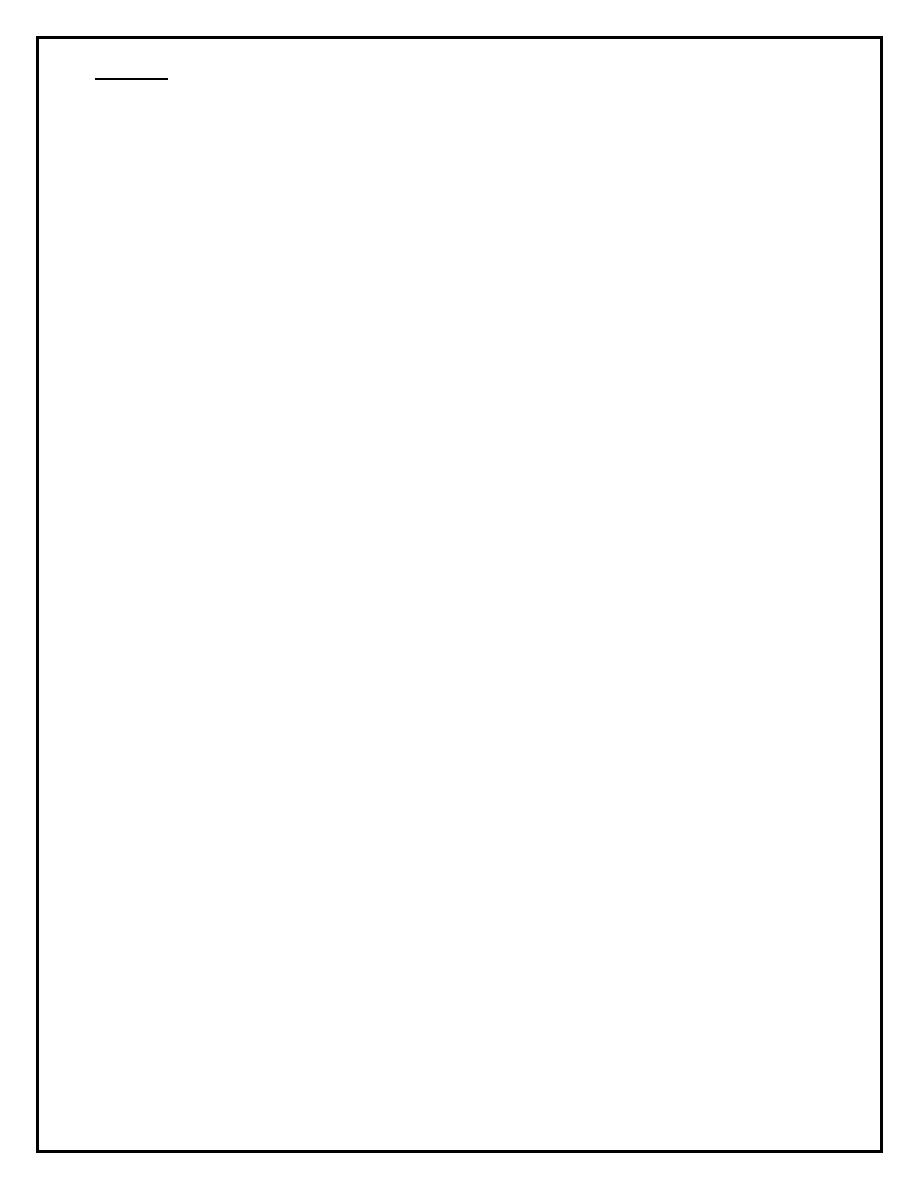
Surgery:
Is the most commonly employed treatment for USI.The aim is to correct pelvic
relaxation and restore normal supports of the urethra ,the approach may be
vaginal abdominal and combined abdominovaginal approach.
Abdominal approach:
Abdominal and laparoscopic retropubic urethropexy by placing sutures in the fascia
lateral to the and on both sides of the bladder neck and proximal urethra elevating the
vesico-urethral junction by attaching the sutures to the symphysis pubis (marshall
marchetti –krantz procedure),
or to the cooper’s ligaments (burch procedure)
Vaginal approach :
suburethral sling procedure the new one is tension free synthetic mesh placed at the
mid urethra placed retropubically.
Others:
in patients with poor urethral sphincter we can use periurethral bulking injections to
improve urethral function.
Detrusor instability
:
Other name :over active bladder ,urge incontinence ,detruser hyperreflexia (if
associated with neuropathy.
All These describe problem with bladder control that is associated with a strong
desire to pass urine with a decreased ability to control it.
Classically women with OAB describe a sudden strong desire to urinate with an
inability to suppress the feeling ,rushing to the bathroom and leaking before
making it to the toilet, awaking several times a night to urinate is also a prominent
feature .
Symptoms of urgency ,urge incontinence , frequency ,nocturia ,stress incontinence
,enuresis and sometimes voiding difficulty
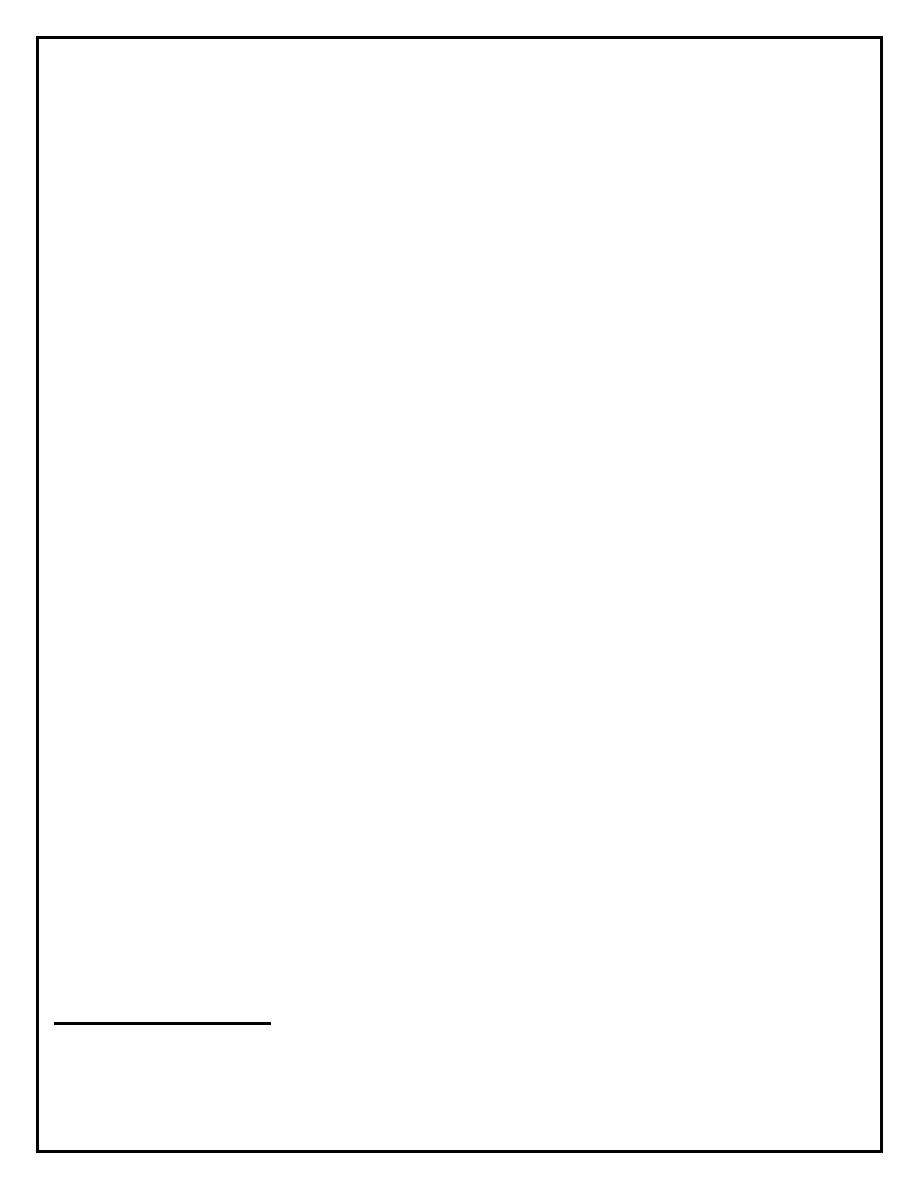
Risk factors associated with over active bladder:
1. Older age 30 % in geriatric population.
2. Chronic disorders (multiple sclerosis, alzheimer’ s disease , spinal cord injury,
stroke ,diabetes mellitus) .
3. Pregnancy (contribute to neural injury or development of pelvic organ prolapse).
4. Menopause (oestrogen deficiency leads to urogenital atrophy and organ prolapse)
5. Pelvic surgery (scarring or operative trauma injure nerve and
6. supporting structures.
7. Obesity (increase bladder pressure).
8. Immobility (impair mobility).
9. Medications (diuretics, Ca-channel blockers and psychotic agents).
10. Smoking (chronic cough).
Pathophysiology
:
Normal anatomical relation between the bladder and urethra are maintained.
Involuntarily detrusor contraction occurs spontaneously and may be stimulated by
coughing ,sneezing or hearing running water.
With detrusor contraction bladder pressure rises above the urethral pressure with
passage of large volume of urine.
Clinical features:
We should exclude any mass compressing the bladder , prolapse ,or any vaginal
atrophy.
Pelvic examination is normal.
Urine loss occurs day and night.
Neurological examination is normal but spontaneous detrusor contraction occurs
without voluntary inhibition.
Cystometry is abnormal :
bladder residual volume is abnormal<75ml,
sensation of fullness volume <150 ml,
urge to void volume<250 ml.
Treatment of OAB
:
identification of any triggering factors as caffeine ,carbonated beverages.
use of self reported diary.
Behavioral modification:
reduce fluid intake and avoiding liquid during the evening hours.
gradually increase the intervals between voiding .
pelvic floor muscle strengthening exercises as kegel’s exercises.
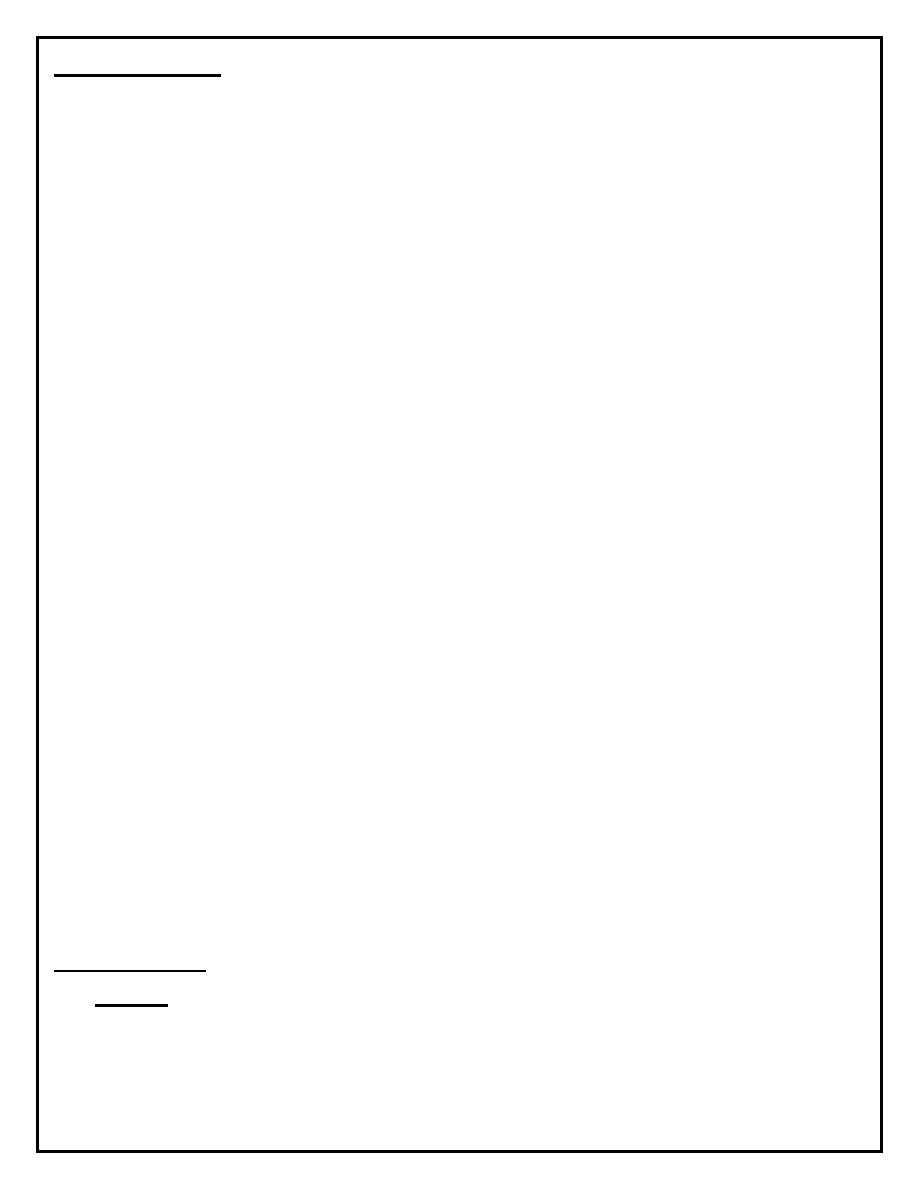
Medical treatment:
Anticholinergic drugs: oxybutynin chloride and tolterodine (specific to the bladder)
Imipramine hydrochloride : tricyclic anti-depressant with anticholinergic properties
increase bladder storage by increasing it’s compliance.
it’s effective in both type of incontinence
Physical intervention:
Functional electrical stimulation:
offer alternative treatment in patients with SUI and urge incontinence by
stimulating pelvic floor muscle and periurethral muscle contraction by electrical
stimulation through vaginal or rectal probe improving their tone and function.
Over flow incontinence
:
Urinary retention due to hypotonic detrusor muscle with overflow increased bladder
volume due to ongoing urine production with gradual increase in intravesical
pressure more than urethral pressure with spontaneous urine loss occurs day and
night till the bladder pressure is decreased below the urethra but the bladder
never empties.
Retention with over flow incontinence may result from :
-detrusor a reflexia or hypotronic bladder in lower motor neuron disease .
-spinal injury.
-diabetic neuropathy.
-outflow obstruction.
(straining to void, poor stream ,retention of urine, and incomplete emptying).
-postoperative over distention of bladder occurs temporarily because of postoperative
pain .(may be managed by continuous bladder drainage for 24-48 hours).
Neurological examination may shows bladder denervation and detrusor
contraction will not occur.
Cystometry is abnormal
Bladder residual volume >500ml.
Decreased bladder sensation .
increased bladder capacity >1000ml
Management
:
Medical :
Cholinergic medication (contract the detrusor (bethanechol).
a adrenergic drugs phenoxybenzamine can decrease bladder neck tone.
Intermittent bladder catheterization can ensure bladder emptying.
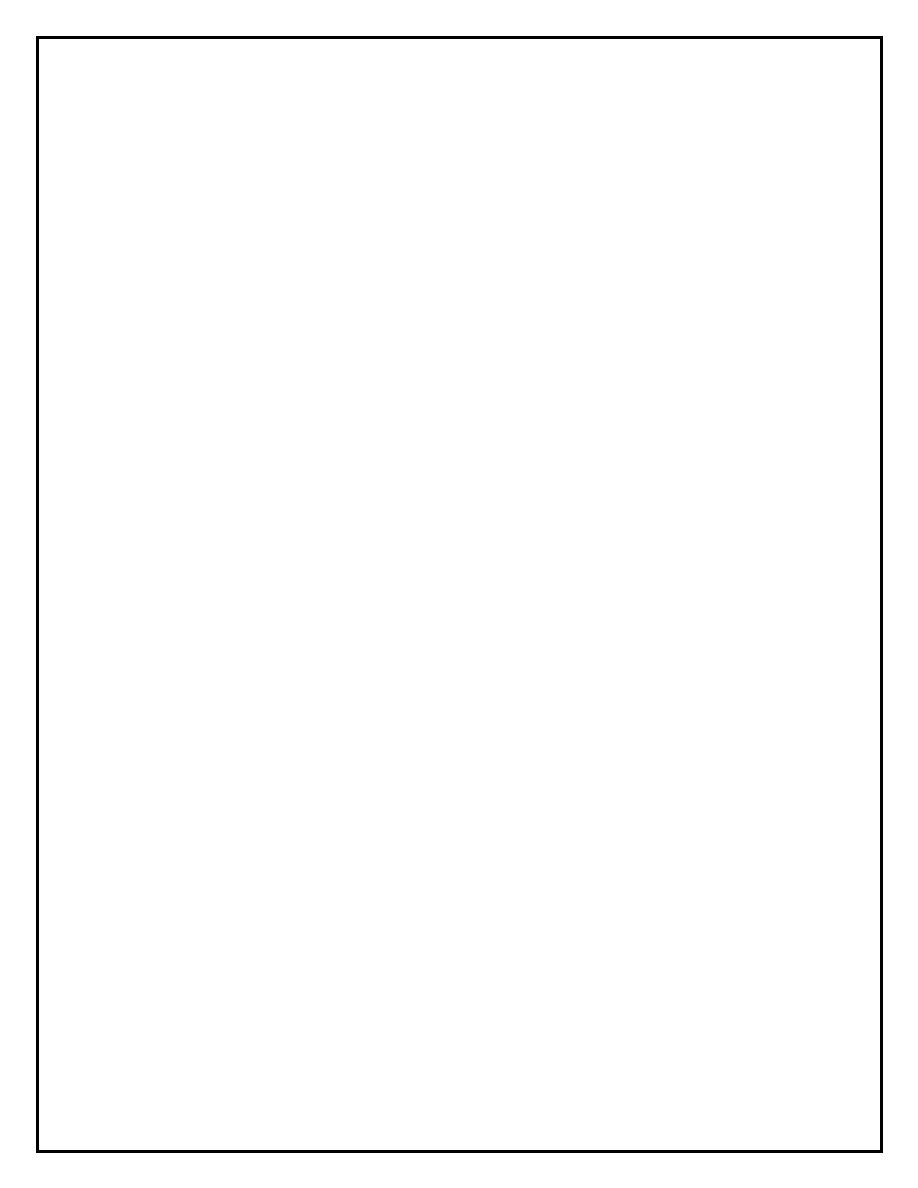
Urinary fistula:
Is uncommon in developed countries it may be caused by:
prolonged neglected deliveries with pressure necrosis.
Operative forceps delivery.
Pelvic surgery especially after radical hysterectomy due to devascularization of
the ureter rather than due to direct injury (ureterovaginal fistula).
urethrovaginal fistula as complication of urethral
diverticulum and anterior vaginal wall prolapse or SUI.
Pelvic irradiation.
Suggestive history is history of painless and continuous vaginal leakage of urine
soon after pelvic surgery.
Instillation of blue dye into the bladder will discolor a vaginal pack if
vesicovaginal fistula is present.
Cystourethroscopy , determine the number and site of fistula.
Intravenous pyelography can localize the fistula.
Treatment of fistula:
Surgical repair of fistula ,after:
Waiting some weeks for resolution of inflammation.
treatment of UTI.
oestrogen therapy in postmenopausal women.
